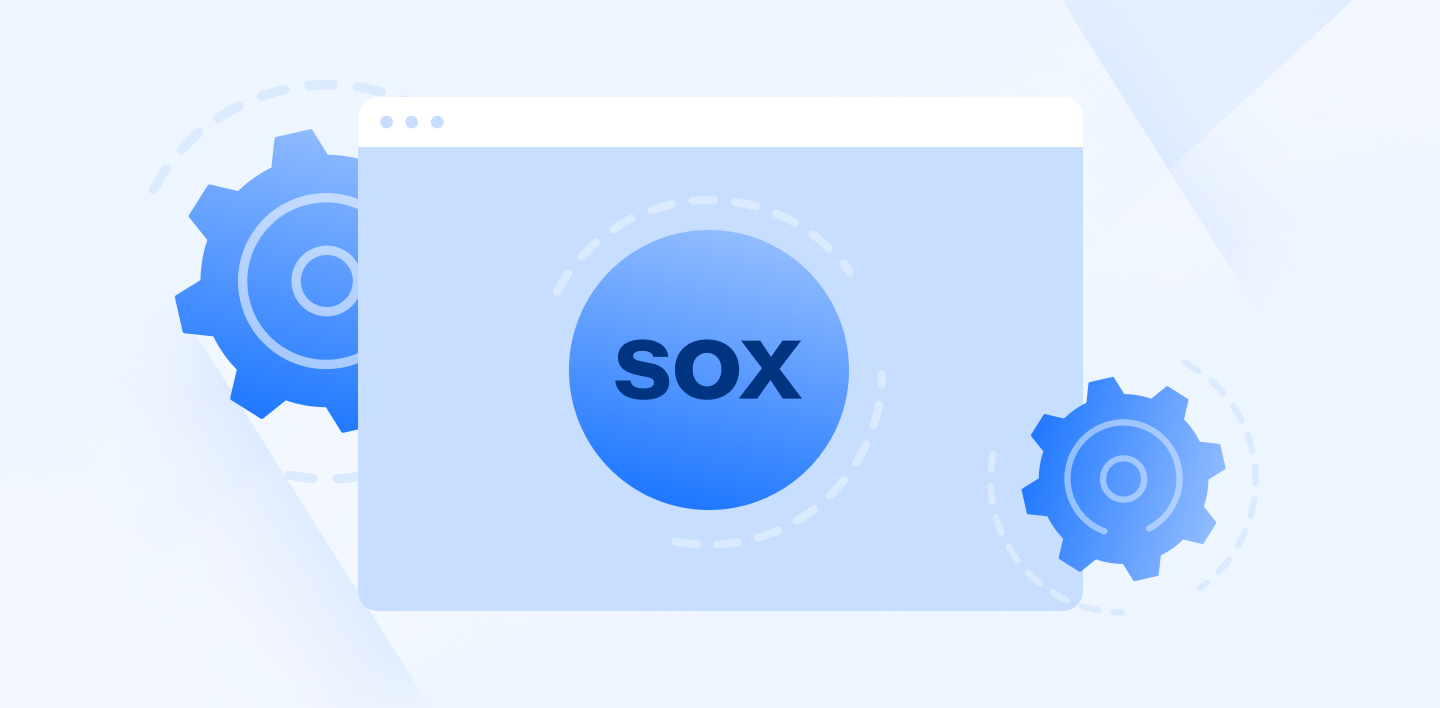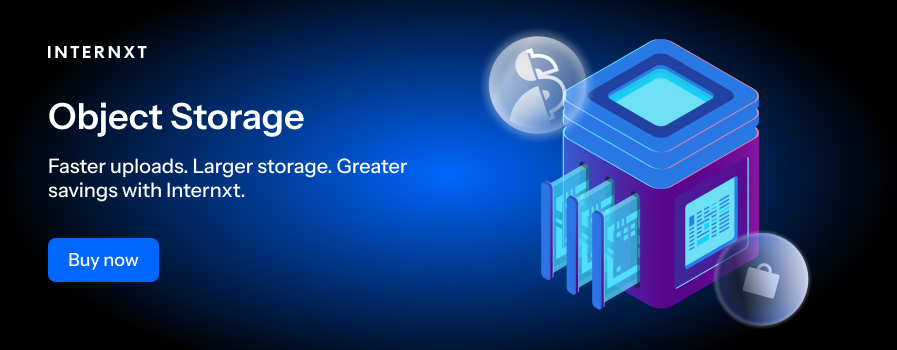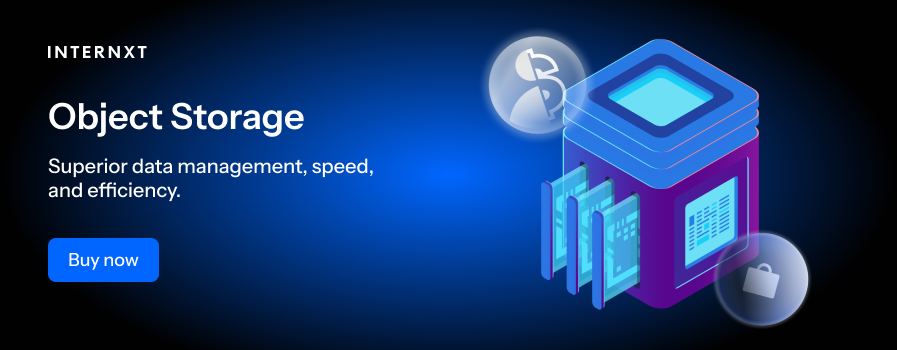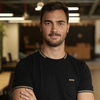SOX Compliance: What Is It and What Are the Requirements?

Unfortunately, it will often take some kind of disaster in the business world before a government takes action to prevent it from happening again.
It’s only when significant data breaches happen that states implement compliance laws to avoid mishandling data; in this case, SOX compliance has a similar backstory.
In the early 2000s, the collapse of corporate giants Enron, Tyco, and WorldCom exposed flaws in corporate accountability, leading to widespread fraud and massive investor losses. In response, the U.S. government passed the Sarbanes-Oxley Act (SOX) to restore trust in the financial markets.
In this blog, we’ll explore what SOX compliance means, why it matters, and how it shapes today's financial landscape.
Table of contents
- File accurate financial reports certified by executives
- Business process controls
- Security controls
- Audits
- Reduced legal and financial risk
- Fraud prevention
- Increased investor trust
- Improved data security
- Higher market valuation
What is SOX compliance?
SOX compliance is a US federal law that companies must follow to prevent corporate fraud. It sets strict regulations on how organizations protect their financial records from tampering and makes auditors more independent from their clients.
EU has a similar compliance body, DORA, that also sets guidelines on how companies must protect and secure the finance industry.
SOX controls were implemented after public companies used accounting loopholes and fraudulent tactics to inflate their companies' values. As a result, investors lost billions as stocks in these companies fell dramatically (e.g., in Enron’s case, stocks fell from USD 90.75 to 60 cents a share).
Since the SOX compliance law was passed, companies must ensure they have the necessary controls to protect financial data and secure it from unauthorized access with strict access controls over who can access sensitive information.
Sensitive information in a financial context could include financial reports, earnings statements, internal control records, etc. SOX controls are the responsibility of the company IT manager; they will define access levels based on job roles and responsibilities.
For example, employees responsible for financial reporting need access to sensitive financial data, whereas other departments don’t.
Maintaining SOX compliance will require the IT manager to regularly review access controls that align with SOX requirements and revoke access if an employee's responsibilities change. In doing so, the IT manager helps prevent unauthorized access and reduce the risk of financial fraud.
Access rights for SOX compliance involves the following:
- Limiting access to financial systems and data to authorized personnel.
- Implementing role-based access controls (RBAC) based on job functions.
- Regularly reviewing and updating access permissions.
- Ensuring separation of duties to prevent conflicts of interest.
- Monitoring and logging access to sensitive financial information.
- Enforcing multi-factor authentication (MFA) for system access.
- Immediately revoking access for terminated or transferred employees.
With these points in mind, your business will be well on the way to meeting SOX compliance.
Requirements of SOX compliance
The fundamentals of SOX compliance require an organization's financial disclosures to be 100% accurate, and all financial statements must be controlled and documented to validate them.
Different companies can reach SOX compliance differently, making it more complex, as SOX doesn’t provide an exhaustive outline of the controls needed. In general, there are three requirements for SOX:
- File accurate financial reports certified by corporate executives.
- Implement appropriate internal controls.
- Pass regular audits.
File accurate financial reports certified by executives
SOX has sections for CEOs of CFOs outlining the responsibilities when signing off financial reports.
Section 302, “Corporate Responsibility for Financial Reports,” states that a CEO or CFO must sign off on every annual and quarterly financial report filed with the SEC (Securities and Exchange Commission).
When the necessary executive signs the reports, the CEO and CFO confirm the documents' complete accuracy and that appropriate internal controls have been validated in the past 90 days.
Next, SOX section 404, “Management Assessment of Internal Controls,” requires a thorough internal control report filed with the SEC. The report assesses the controls and their effectiveness at the end of the fiscal year and also states that the internal controls are management's responsibility.
New SOX controls were implemented in July 2023, adding stricter rules for organizations. Companies must now report any cybersecurity incident within four days of the event and determine the material impact it has or could have on the company.
SOX compliance also requires internal controls to prevent internal or external actors from altering financial data for illegal purposes, which aren’t explicitly listed, so organizations will rely on corporate governance frameworks to help.
Some frameworks include:
- Control Objectives for Information and Related Technologies
- Systems Audit and Control Association
- The Committee of Sponsoring Organizations of the Treadway Commission
Business process controls
Business process controls include training employees on SOX controls in line with other cybersecurity protocols.
These controls are similar to zero-trust policies, meaning each employee is responsible for separate duties that align with their role, responsibility, and access, and no single employee has access to information that isn’t necessary for their role.
SOX may also require documents to be retained for further compliance. Audits, for example, should be documented and saved for a period of seven years.
Security controls
General cybersecurity controls can be used in tandem to meet SOX compliance, which, again, will depend on the organization.
Data Loss Prevention (DLP) solutions can track, monitor, and block unauthorized users from making unauthorized changes to data. Companies can also use automated backups in the event of data loss or tampered data.
Following the concept of zero trust, Identity Access Managament (IAM) allows IT managers to follow the principle of least privilege so employees don’t access information outside of their responsibility.
Finally, SOX compliance extends to the cloud data centers where a company stores this financial information, meaning companies must consider the cloud's compliance, encryption, and data protection protocols.
Audits
Regularly passing audits gives the CEO and CFO evidence for executives that the reports are accurate. Auditing allows companies to identify and fix any issues with compliance standards.
Although SOX does not specify how audits should be conducted, the SEC requires auditors and managers to conduct a top-down risk assessment (TDRA). This risk assessment identifies areas with the highest risk of fraud and the controls that address these risks.
How to achieve SOX compliance
Here are some crucial features to integrate into your business. When used in conjunction with the previously discussed SOX requirements, these features can help your company achieve SOX compliance.

Data encryption
All company data must be encrypted in transit and at rest. This protects finances and data from leaking online. Client-side zero-knowledge encryption is your company's most private encryption method for storing and sharing data, as it protects from hackers, data breaches, and other data threats.
System monitoring
Use SIEM-compliant solutions to monitor your systems for unusual activities, unauthorized access, or potential security breaches.
Also ensure your company has an effective data breach response plan in place, so if the system alerts you of a risk, your team can take necessary action to contain security risk and prevent further damage.
Thorough documentation
All documentation should be monitored and updated regularly in case of any changes in IT infrastructure or procedures.
Deatiled documentation will help gain SOX compliance and meet compliance standards for security audits.
Train employees
Provide SOX training for the necessary team members so they understand how to implement the required features for SOX compliance effectively.
As each member's role will be different, SOX training should specifically address the tasks of each employee, from IT staff to company executives Employee training should cover key sections of SOX and how this impacts their daily operations.
Your team should refresh their training from time to time and stay current with new SOX compliance requirements or regulations that may impact financial reporting.
The benefits of SOX compliance
Now you know the foundations and how to set up SOX controls for your business, next comes the benefits it can have for your business.
Reduced legal and financial risk
Compliance minimizes the risks of regulation and legal fines, reputation damage, or loss of investors.
Data breaches alone cost companies $4.88 million in 2024, so having documented evidence of security methods, compliance, and auditing gives companies the insurance and evidence to prove every step is taken to protect the company.
Fraud prevention
SOX compliance was founded to prevent previous corporate fraud cases. It mandates strong internal controls and documentation to prevent and detect errors and ensure that all financial transactions are recorded accurately and transparently.
SOX controls promote separation of responsibilities and access to further minimize financial risks, as no individual controls all aspects of financial transactions. More parties are monitoring a company's activity, which means important information is checked, assessed, and validated for the auditing process.

Increased investor trust
The transparency and accountability of SOX financial reporting also offer investors peace of mind and trust in your business, as they have all the information documented on the company’s finances.
A company that can reassure investors that they are committed to ethical practices will help contribute to a more successful company that can retain and attract new investors.
Improved data security
One of the integral benefits of SOX compliance is the security measures required to help meet its regulations.
Features such as access controls and data encryption show that a company has the necessary security to protect financial data and that access to this data is strictly controlled.
Higher market valuation
Lastly, a commitment to SOX compliance demonstrates your company's financial integrity and transparency to future investors and analysts, potentially leading to a higher market valuation and increased investments.
SOX-compliant companies show that your company is accountable for all their actions and also prove a reduced risk of fraud or financial mismanagement.
How Internxt Drive for Business helps with SOX compliance
As SOX compliance also considers the cloud data centers where companies store their financial information, your business will need private and encrypted cloud storage to help demonstrate a commitment to data privacy.

Internxt cloud storage stands out for its commitment to privacy and has been fully audited to verify its security. Your company is the only one with access to encryption keys, and your company data is fully encrypted and accessible only to you.
Internxt Drive for business is a zero-knowledge andGDPR compliant cloud storage that encrypts data directly on your device for private and secure file storage and sharing.
One key feature of SOX compliance is access controls to prevent unauthorized access to sensitive information. Internxt can help your company move to a more secure approach for cloud storage for your teams with the following controls:
- Real-time login notifications.
- Session monitoring.
- View log-in information for the client, including OS, IP, location, and last active time.
Further access controls your team can enjoy with Internxt are secure and encrypted file sharing, which you can password protect and limit access to files whenever necessary.
For cloud storage management, Internxt Drive offers up to 2TB of storage to allocate to each team member for up to 100 users, with prices starting at €6.99/user/month for a standard plan of 1TB for up to 10 users.
If your organization has higher storage demands, Internxt S3 object storage is an affordable data storage solution for companies to get incredible amounts of storage at just €7 per TB.
The best thing is that there are no data transfer charges, and thanks to the pay-as-you-go model, you can customize your storage to meet your needs. Internxt’s object storage offers the same security as Internxt Drive.
Whichever option you choose, each one will help your business get the SOX compliance needed to help build your company into a more secure and trustworthy one.

